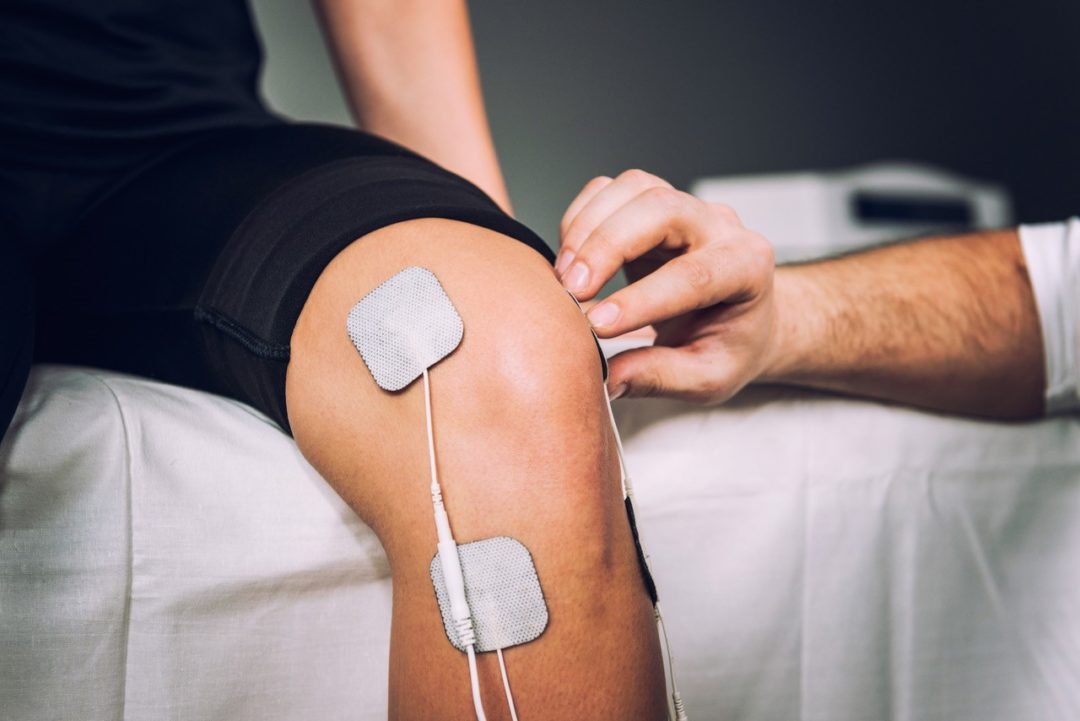How Can We Prevent and Manage Type 2 diabetes?
World Diabetes Day – 14th November
What do Homer Simpson, the Cookie Monster and 1 in 20 Australian adults have in common? Diabetes. The mysterious, insipid, sugary disease that we always talk about in our medical research but ask the average person what it means.
As it’s World Diabetes Day on November 14th, I thought it was an ideal time to cover Diabetes Mellitus, what it is, why should we care and how exercise can mean you might not have to.
What is Diabetes Mellitus?
“Type 2 Diabetes Mellitus is a life-threatening metabolic disease reaching epidemic proportions” writes Prof Juleen Zierath in the Endocrine Abstracts.
In Type 2 Diabetes, your pancreas struggles to produce enough insulin, the hormone driving the effective use of glucose (carbohydrates). Sufferers are unable to keep up with the increasing need for insulin as their cells get more resistant to it. Why do I talk about Type 2 and not Type 1 Diabetes? Type 2 Diabetes can often be prevented with exercise and a good diet, although we’re still finding other factors both genetic and environmental it’s linked to.
Why should we care?
In Australia, over 1.5 million adults have diabetes and more than 100,000 have developed it in the past year. Its total cost impact in Australia alone is estimated as $14.6 billion annually.
With many medical conditions it’s easy for us to become detached from them in daily life, Type 2 Diabetes is a condition we can all take ownership of.
If you could stop your car from breaking down, prevent an argument with your partner or avoid breaking a glass rather than picking up the pieces, wouldn’t you? Type 2 Diabetes is often preventable. Conditions like this demand that we be proactive with our health to prevent it deteriorating, do more and help others too.
Preventable meaning you wouldn’t have to take medications with all their side effects or inject insulin on a daily basis. Preventable meaning you wouldn’t have to see your ophthalmologist regularly as the high levels of glucose in your blood cause visual-loss and blindness. Sensation in your hands and feet would remain so you wouldn’t have to buy special shoes. Prevent Diabetes so it doesn’t dramatically increase your risk of heart attack or stroke.
How exercise can prevent, treat and reverse Diabetes
I met James Hewitt of iFitness, an accredited Exercise Physiologist here on the Central Coast who runs specialist Diabetes exercise sessions. James had a great insight, having his clients measure their blood sugar and then do 10-15 minutes of resistance training and do a further blood sugar test. “Typically, you will see a noticeable drop in follow up readings. A great way to show that exercise has an insulin-like effect, how little is required to make a difference which can be helpful in getting people to start”. This also shows those using insulin or insulin-like medications that need to be aware of their blood sugar level before they exercise.
“Exercise is medicine for people with type 2 diabetes”1
Current guidelines in Australia for people with T2DM or ‘Pre-diabetes’ is to accumulate 210 minutes per week of moderate-intensity exercise or 125 min of vigorous-intensity exercise consisting of aerobic and resistance modes. This is more than the guidelines for healthy adults, but I’d argue we should all be doing this amount or more…prevention is better, easier, healthier and more cost effective than cure.
Greatest impact early on
The benefit of physical activity in improving the metabolic abnormalities of type 2 diabetes is greatest when its used early in its progression from insulin resistance to impaired glucose tolerance.2 Start now, find an activity that will help you to move more with the Central Coast Activity Search Engine (http://do-more.live/finder) and if you’ve concerns that you’re at risk of developing Diabetes make an appointment with your GP or practice nurse to arrange the appropriate tests.
Even a week helps!
As little as 7 days of vigorous aerobic exercise training in adults with Type 2 Diabetes results in improved glucose control.3 These effects unfortunately fade within 2 to 4 days but that’s nothing to worry about, after a week of exercise you’ll be unstoppable and wanting more!
The question is what to do, aerobic ‘cardio’ or resistance ‘strength’ training?
- Aerobic exercise such as walking, running, cycling, swimming etc.: the ‘tried-and-true’ method. Reduces fasting blood glucose, insulin resistance, fasting insulin levels and blood pressure (among an incredible host of other benefits)
- Resistance training: shown to reduce the risk of Diabetes, improve insulin sensitivity and is especially beneficial in older populations to prevent loss of muscle mass also. Muscle is thought to be a “sink” for glucose, improving the handling and storage of it, build a better sink!
- Combination training: the benefits of each are fantastic. Combine the two and some studies show it has a greater effect than either would alone.
Find out more about the benefits of exercising here:
http://do-more.live/five-reasons-to-exercise-right-now/
When it’s unsafe to exercise with Diabetes:
Risk of dangerously low blood sugar from exercise is rare with Diabetes although this risk greatly increases with the use of insulin. Unfortunately, that means those with Type 1 Diabetes are more at risk. People with Type 2 Diabetes that use insulin or medications that promote the release of insulin are also at increased risk.
As a guide, refrain from training and seek medical advice if:
- If your blood sugar is less than 4mmol/L
- If your blood sugar is greater than 15mmol/L with weakness, tiredness, abdominal pain or high levels of ketones in your blood
- If you have suffered from a hypoglycaemic episode within the last 24 hours that required medical treatment
Remember, if you have concerns that you’re at risk of developing diabetes be sure to make an appointment with your GP or practice nurse to arrange the necessary tests.
So Coasties, let’s get moving to help prevent and effectively management type 2 diabetes today!
References
1 Turner, G., Quigg, S., Davoren, P. et al. “Resources to Guide Exercise Specialists Managing Adults with Diabetes.” Sports Med – Open 5, 20 (2019) doi:10.1186/s40798-019-0192-1
2 American Diabetes Association “Physical Activity/Exercise and Diabetes” Diabetes Care 2004 Jan; 27(suppl 1):s58-s62
3 Kirwan, John P et al. “The essential role of exercise in the management of type 2 diabetes.” Cleveland Clinic journal of medicine vol. 84,7 Suppl 1 (2017): S15-S21. doi:10.3949/ccjm.84.s1.03







